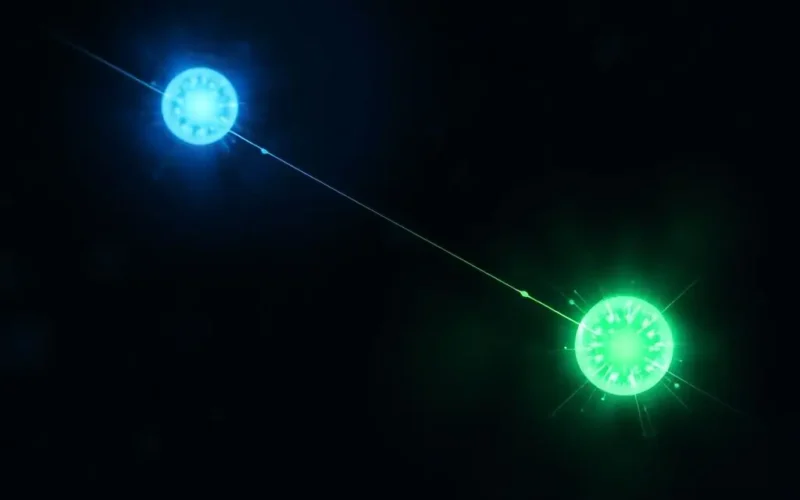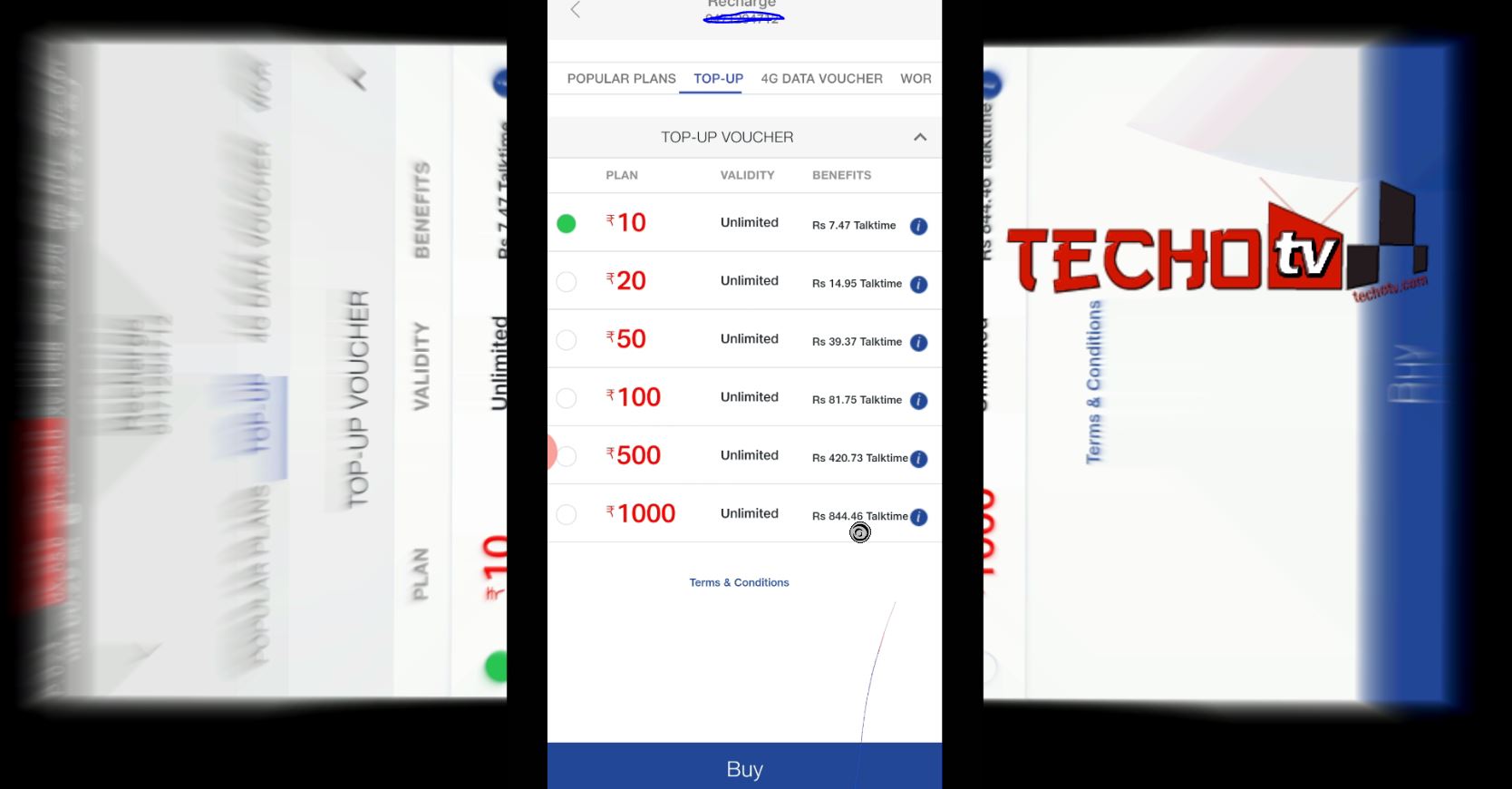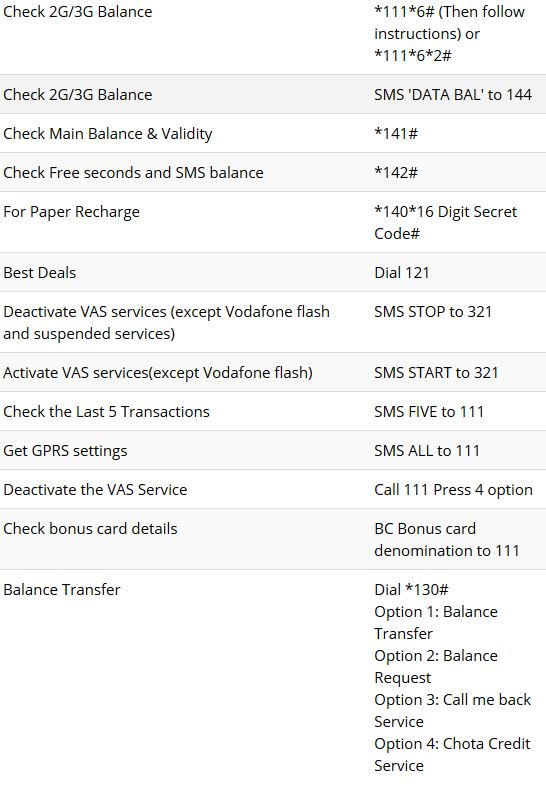Close your eyes for a moment and conjure this: dispatching any digital file – be it a colossal movie, a complex scientific dataset, or a simple message – to any corner of our planet, or even out into the void of space, in the literal blink of an eye. Vanish, loading bars! Begone, infuriating delays! It’s the stuff of digital dreams, often relegated to the pages of science fiction. Yet, this electrifying possibility isn’t just wishful thinking; it’s anchored in one of physics’ most bizarre and fascinating phenomena: quantum entanglement. Imagine, if you will, ghostly twin particles, intrinsically linked, mirroring each other’s state instantaneously, regardless of the chasm of space separating them. We’re not just talking about speedier movie downloads here. Think about communications that are inherently unhackable, global networks pulsating in perfect real-time synchrony, or perhaps even maneuvering rovers on Mars minus that agonizing signal lag. The future is knocking, and it sounds… well, incredibly fast and a tad weird.
Did your brain just perform a quantum leap processing that intro? Ours did too while making a little visual snack on this very topic! Before we unravel the quantum weirdness thread by thread, why not give your eyes a treat and teleport your thumb (or cursor!) to the play button below? It’s a 60-second reality glitch, served fresh:
Mind suitably boggled? Excellent. Now, let’s delve deeper into the science, the possibilities, and the profound challenges of this quantum frontier.
Table of Contents
What is This “Spooky Action” Called Quantum Entanglement?
At its heart, quantum entanglement is a phenomenon where two or more quantum particles become linked in such a way that their fates are intertwined, regardless of the distance separating them. Imagine you have two such entangled particles. If you measure a property of one particle (like its spin – think of it as an intrinsic angular momentum, either ‘up’ or ‘down’), you instantly know the corresponding property of the other particle, even if it’s light-years away. It’s as if they are communicating secretly and instantaneously.
This concept was famously dubbed “spukhafte Fernwirkung” or “spooky action at a distance” by Albert Einstein, who, along with Boris Podolsky and Nathan Rosen (in their EPR paradox), found it deeply unsettling because it seemed to violate the principle of locality – the idea that an object is directly influenced only by its immediate surroundings. However, experiment after experiment has confirmed that entanglement is very real.
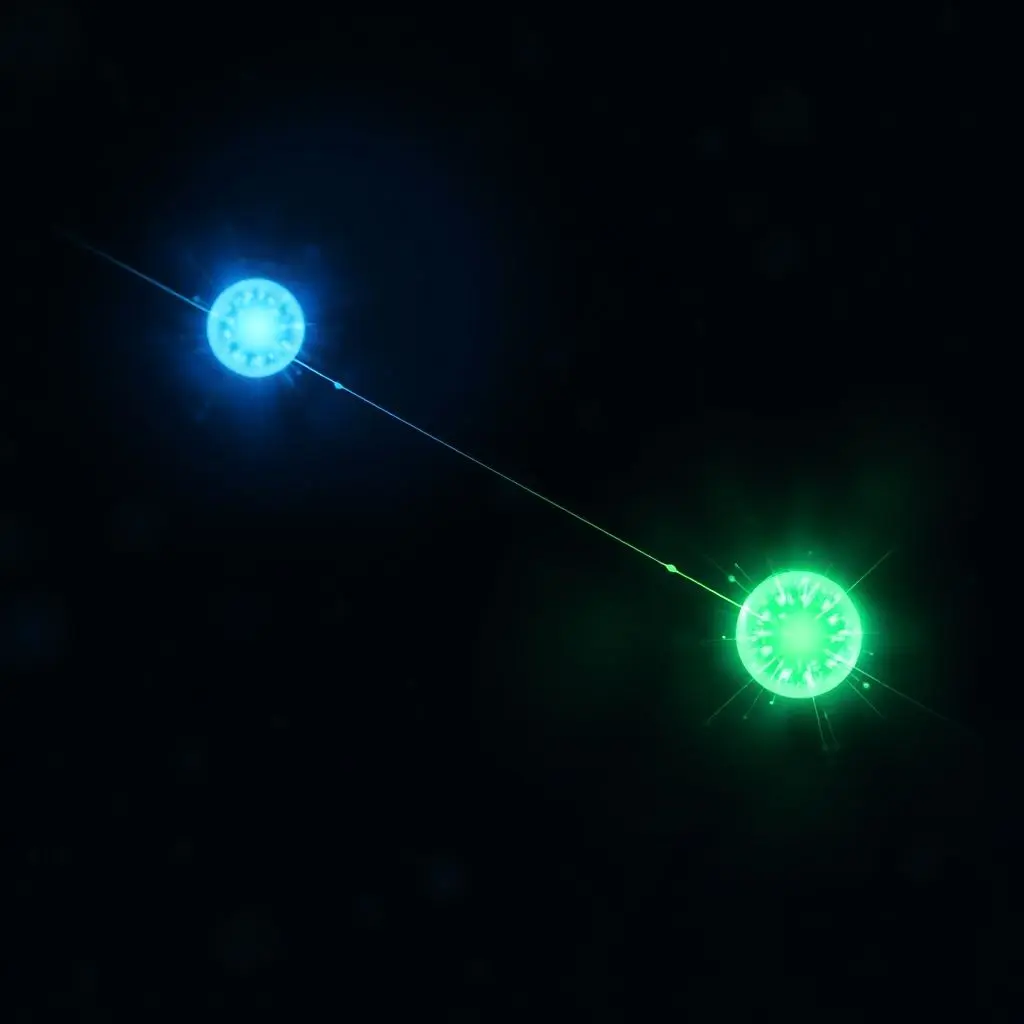
Now, a crucial clarification: while the correlation between entangled particles is instantaneous, this doesn’t mean we can use it to send messages faster than light (FTL). The no-communication theorem in physics states that entanglement alone cannot be used to transmit classical information FTL. We’ll explore why this is the case a bit later, but it’s a vital distinction to keep in mind.
The Quantum Dream: How Would Instant Data Teleportation Work?
When we talk about “teleporting data” using quantum entanglement, we’re not referring to the sci-fi concept of dematerializing a physical hard drive and rematerializing it elsewhere. Instead, we’re talking about quantum state teleportation. This is a process by which the complete information about the quantum state of a particle is transmitted from one location to another, with the original state being destroyed in the process (due to the no-cloning theorem, which states you can’t make an identical copy of an unknown quantum state).
The process, in a simplified nutshell, involves:
- Alice (the sender) having a particle whose state she wants to teleport (let’s call it particle Q).
- Alice and Bob (the receiver) sharing a pair of entangled particles (let’s call them E1 and E2). Alice has E1, and Bob has E2.
- Alice performs a joint measurement on her particle Q and her half of the entangled pair, E1. This measurement yields some classical information.
- Alice then sends this classical information (e.g., a few bits) to Bob over a conventional communication channel (like an internet connection or radio waves).
- Once Bob receives this classical information, he performs a specific operation on his particle E2. Magically (or rather, quantum mechanically!), his particle E2 transforms into the exact original state of Alice’s particle Q.
Scientists have successfully teleported quantum states of photons, atoms, and even more complex systems over increasing distances, sometimes hundreds of kilometers via optical fibers or even to satellites. However, this is still largely experimental and deals with individual qubits (quantum bits) of information.
Applications That Could Redefine Our Digital World
If we could master and scale quantum data teleportation, or even just harness the power of entanglement for communication, the implications would be staggering.
Unhackable Codes: The Dawn of Quantum Cryptography
Perhaps the most mature application involving entanglement-like principles is Quantum Key Distribution (QKD). While not strictly data teleportation, QKD uses quantum properties (sometimes involving entanglement) to allow two parties to produce a shared random secret key known only to them, which can then be used to encrypt and decrypt messages. The security of QKD is based on the fundamental laws of quantum mechanics: any attempt by an eavesdropper to observe the quantum communication inevitably disturbs it, and this disturbance can be detected by the legitimate users. This promises a future of virtually unhackable communication, a game-changer for sensitive data in government, finance, and personal privacy.
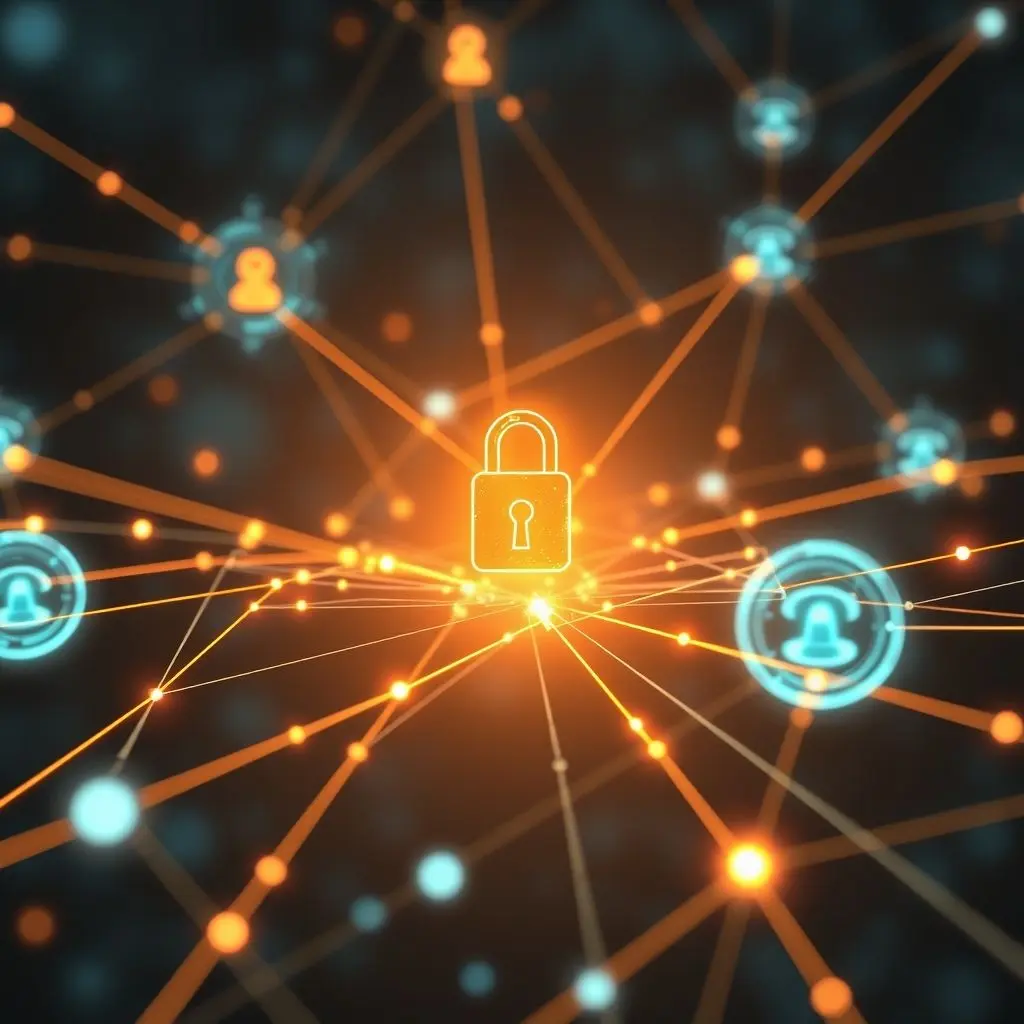
The Quantum Internet: A Web Without Waiting (Almost)
Imagine a Quantum Internet – a network where quantum information can be distributed over long distances. Such a network could connect quantum computers, allowing them to work together to solve problems intractable for even the most powerful classical supercomputers. It could also enable ultra-secure communication on a global scale and enhance the capabilities of distributed quantum sensing, leading to incredibly precise measurements. While true “zero latency” for arbitrary data transfer across vast distances is complicated by the classical channel requirement in teleportation, the quantum internet could offer instantaneous correlations and secure channels that revolutionize how data is shared and processed.
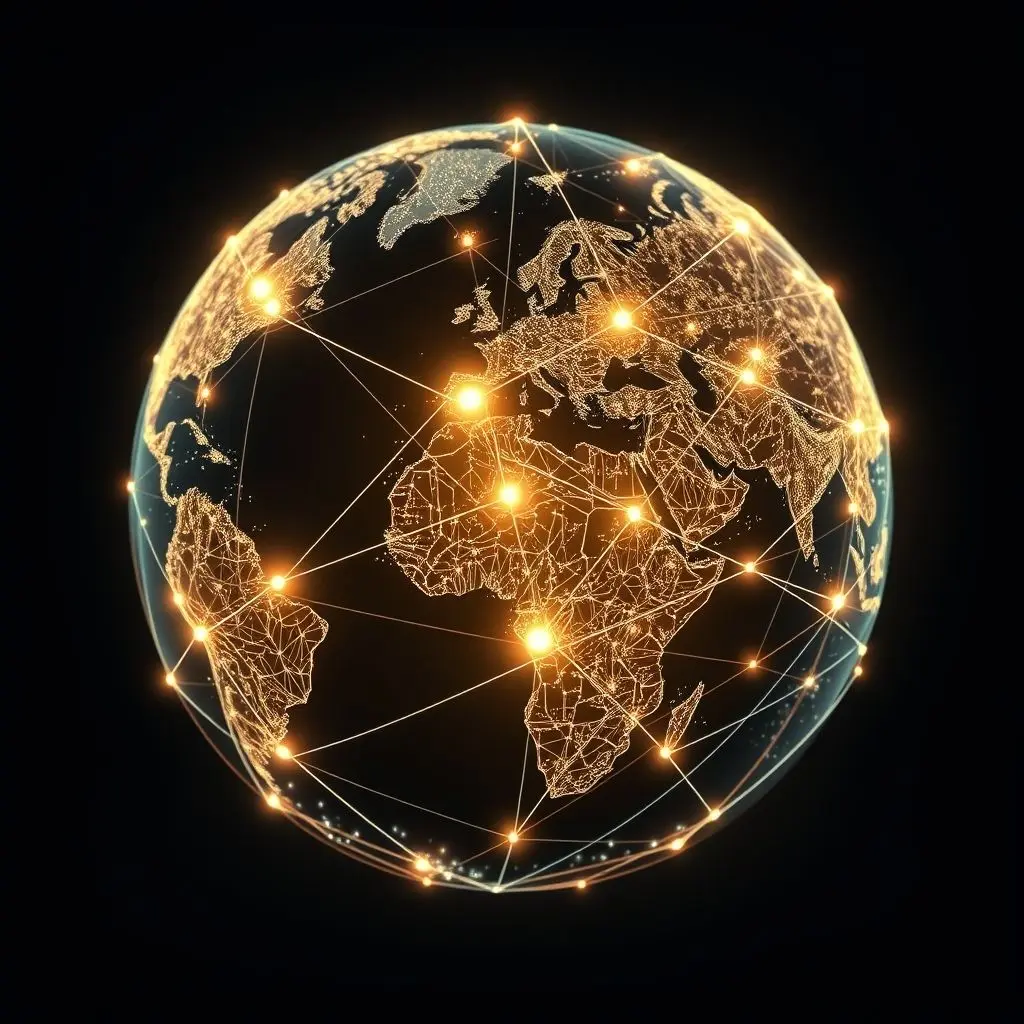
Reaching for the Stars: Revolutionizing Space Exploration
The voiceover script hit the nail on the head: controlling Mars rovers or deep-space probes without that frustrating signal lag would be a monumental leap for space exploration. Current communication with Mars, for example, can have round-trip delays ranging from 6 to 40 minutes. If quantum communication could establish entanglement-assisted channels, even if only for specific command sequences or state verifications, it could dramatically improve our ability to interact with distant spacecraft in near real-time, or at least significantly reduce certain communication bottlenecks for synchronized tasks.
Powering the Next Generation of Computers
Entanglement is a cornerstone of quantum computing. While data teleportation is about moving quantum states, the ability to efficiently and reliably transfer quantum information between different parts of a quantum computer, or between different quantum computers in a network, is crucial for scaling up these powerful machines. Faster, more coherent transfer of quantum states means more powerful and effective quantum computation.
The Reality Check: Hurdles on the Path to Instantaneity
Despite the incredible promise, we are still a long way from a world of everyday quantum data teleportation. The challenges are immense:
- Decoherence: Quantum states, especially entangled ones, are incredibly fragile. They tend to lose their quantum properties (like entanglement) due to interactions with their environment – a process called decoherence. Maintaining entanglement long enough and robustly enough for practical applications is a major engineering and physics challenge.
- Maintaining Entanglement Over Distance: Entangled particles, when sent through optical fibers or free space, are prone to loss and decoherence. To overcome this, scientists are working on developing quantum repeaters – devices that can extend the range of quantum communication, much like repeaters in classical fiber optics. These are complex and still in the research phase.
- Scalability: Current demonstrations of quantum teleportation typically involve teleporting the state of one or a few qubits. Teleporting gigabytes or terabytes of data would require generating, manipulating, and measuring an astronomically large number of entangled qubits with near-perfect fidelity – a feat far beyond current capabilities.
- The No-Cloning Theorem: As mentioned, you cannot simply copy an unknown quantum state. This means that in quantum teleportation, the original state is destroyed. This is fundamentally different from how we copy classical data.
- The Classical Channel Bottleneck: This is a big one. Remember how Alice needs to send classical information to Bob for him to complete the teleportation? That classical information travels at or below the speed of light. So, while the quantum correlation is instant, the *completion* of the state transfer (making Bob’s particle identical to Alice’s original) is limited by this classical communication. This is why entanglement doesn’t allow for FTL transmission of arbitrary new information.

The “Instant” Conundrum: What Does Entanglement *Really* Allow?
It’s easy to get carried away by the word “instantaneous” when discussing entanglement. So, let’s be crystal clear: quantum entanglement does not allow us to send a message saying “Hello, Mars!” and have it arrive faster than light.
What entanglement does offer is an instantaneous correlation between particles. If Alice measures her entangled particle and finds it’s ‘spin up’, she knows Bob’s particle is instantly ‘spin down’ (or whatever the correlated state is), and vice-versa. But Alice can’t force her particle to be ‘spin up’ to send a ‘1’ or ‘spin down’ to send a ‘0’ to Bob FTL. The outcome of her measurement is probabilistic according to quantum mechanics. Bob, observing his particle, also sees random outcomes until he gets the classical information from Alice about her measurement result and basis.
In the context of quantum teleportation, the “teleported” state isn’t known to Bob (or even to Alice, if it was an unknown state to begin with) until Alice’s classical message arrives. So, no FTL information transfer of a chosen message.
However, for applications like QKD or certain types of quantum computation and sensing, these instantaneous correlations are incredibly powerful resources, even if they don’t break the cosmic speed limit for general communication.
Peering into the Quantum Horizon
So, while we might not be ‘beaming up’ our data in a Star Trek-esque fashion anytime soon, the journey into the quantum realm of information is undeniably thrilling. The ability to manipulate and transfer quantum states, underpinned by the mind-bending reality of entanglement, opens doors to technologies that could fundamentally reshape security, computation, and our connection to the universe. The path is paved with profound scientific and engineering challenges, requiring patience, ingenuity, and significant investment. Yet, each breakthrough, from entangling more particles to extending teleportation distances, brings us a small step closer to a future where the seemingly ‘spooky’ becomes the surprisingly practical. The fabric of our digital future might just be woven with these intricate quantum threads, leading to a world that is not only faster but also fundamentally more secure and interconnected in ways we are only beginning to comprehend.
Frequently Asked Questions (FAQs)
Q1: Can quantum entanglement transmit information faster than light?
A: This is a common misconception. While entangled particles show instantaneous correlations, this cannot be used to send a new, arbitrary message faster than light. To make sense of the correlated measurement on one particle, information about the measurement performed on its entangled partner must still be sent via a classical channel, which is limited by the speed of light. This is known as the “no-communication theorem.”
Q2: Is quantum data teleportation the same as in Star Trek?
A: Not quite! In sci-fi, teleportation often means dematerializing an object or person and rematerializing them elsewhere. Quantum teleportation, in its current understanding, refers to transferring the quantum state of a particle (like its spin or polarization) to another particle. It’s about information, not physical matter, and the original state is typically destroyed in the process.
Q3: How secure is quantum communication?
A: Quantum communication, particularly Quantum Key Distribution (QKD), promises unprecedented security. This is because the act of eavesdropping on a quantum channel inevitably disturbs the quantum states being transmitted. This disturbance can be detected by the communicating parties, alerting them to the presence of a spy. It’s based on the fundamental laws of physics, not just computational complexity, making it theoretically immune to computational advances that might break current encryption.
Q4: What are the biggest challenges in achieving practical quantum data teleportation on a large scale?
A: Several significant hurdles exist:
- Decoherence: Quantum states are incredibly fragile and can be easily disturbed by their environment, losing their entanglement.
- Distance: Maintaining entanglement over long distances is very difficult due to signal loss and decoherence. Quantum repeaters, which are still in development, are needed.
- Scalability: Current experiments often teleport the state of single qubits. Teleporting large amounts of data would require manipulating and entangling vast numbers of qubits reliably and efficiently.
- Efficiency and Reliability: The processes for generating entangled pairs, performing quantum measurements, and successfully teleporting states need to be much more efficient and reliable for practical, widespread applications.
